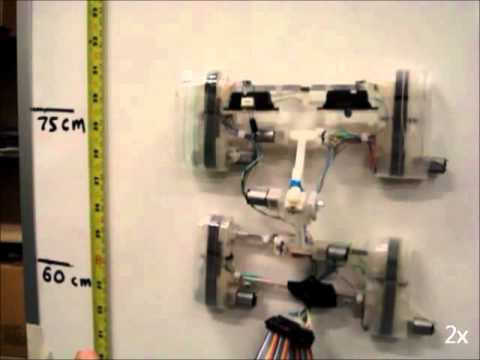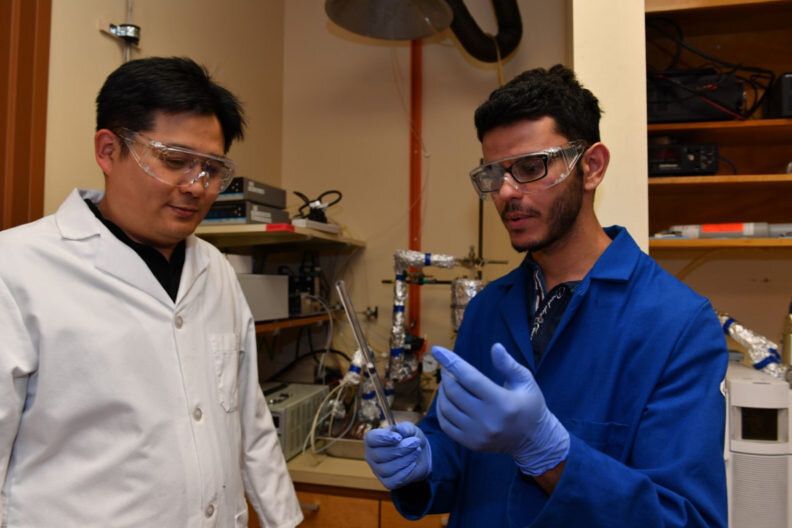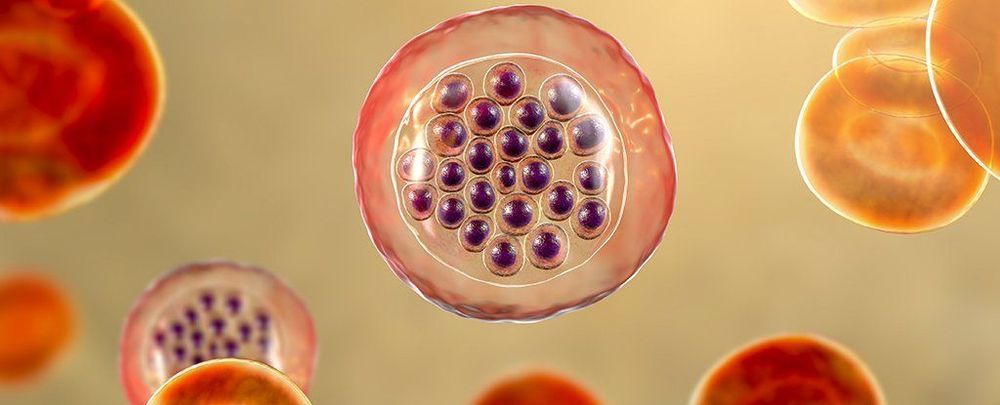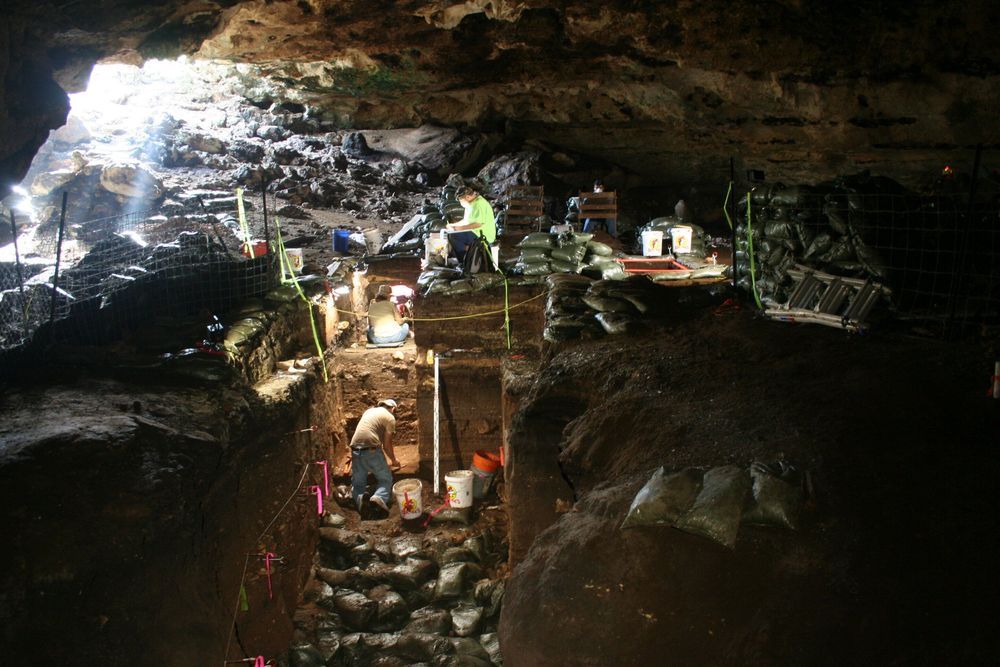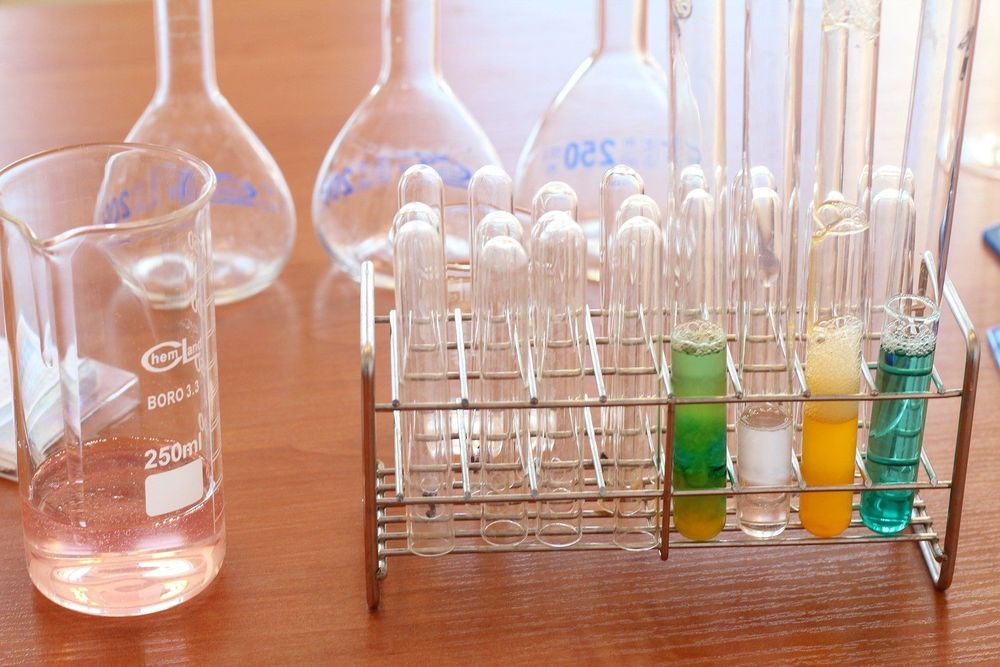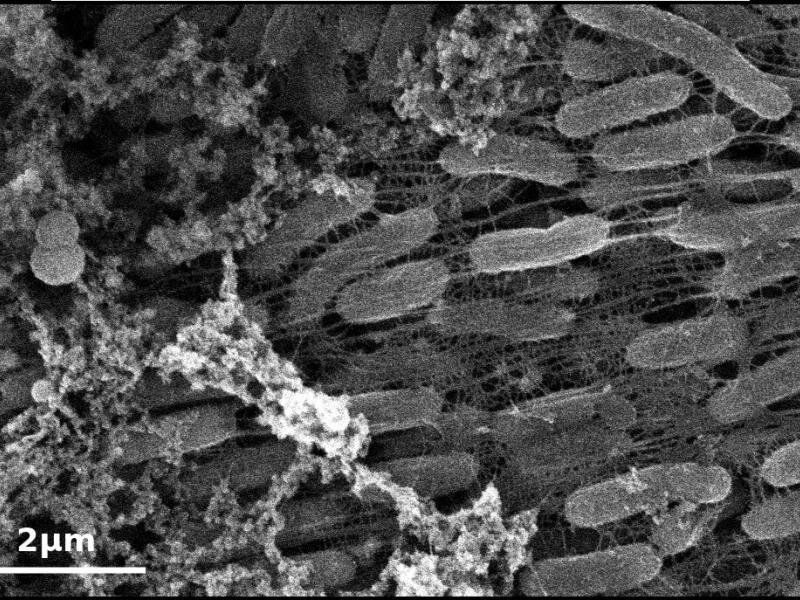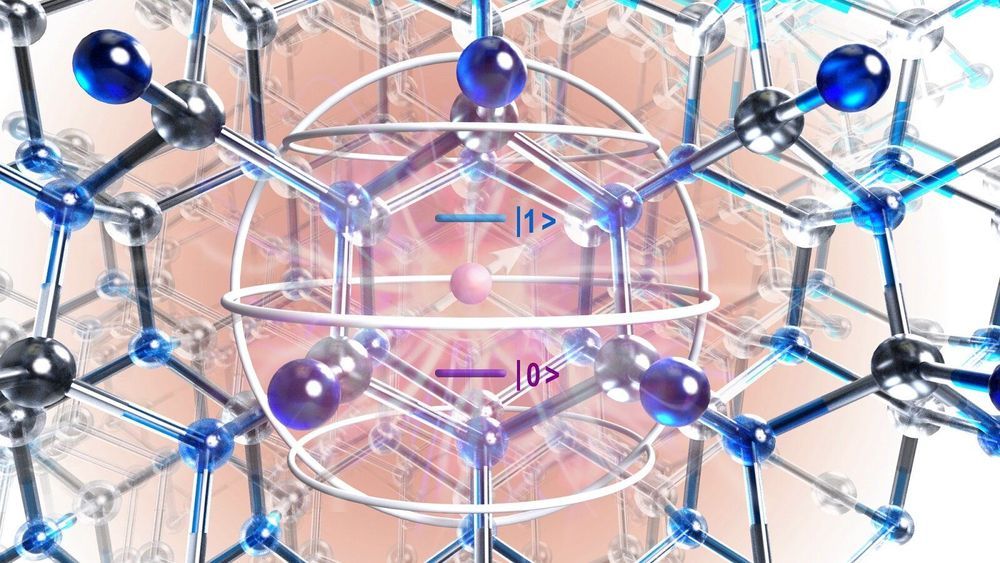Aug 5, 2020
Supercomputer to scan ‘entire sky’ for signs of aliens
Posted by Quinn Sena in categories: alien life, chemistry, supercomputing
Scientists are ramping up their efforts in the search for signs of alien life.
Experts at the SETI Institute, an organization dedicated to tracking extraterrestrial intelligence, are developing state-of-the-art techniques to detect signatures from space that indicate the possibility of extraterrestrial existence.
These so-called “technosignatures” can range from the chemical composition of a planet’s atmosphere, to laser emissions, to structures orbiting other stars, among others, they said.

